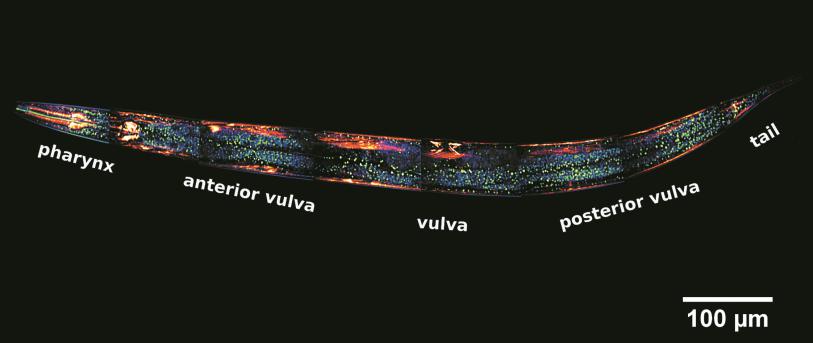ICP Mass spectroscopy (ICP-MS) (single particle analysis, trace element analysis)
Electronic & Chemical & Magnetic Characterization (Chemical analysis)
This technology couples the use of an ICP with MS for elemental analysis by generation of ions. It can also detect different isotopes of the same element. In a typical analysis, samples consisting of dissolved elements are converted into a fine aerosol by pneumatic action of a flow of argon gas which smashes the liquid into tiny droplets. The droplets thus formed are conveyed in a continuous way into a spray chamber, which allows the smaller droplets (<10 µm) to enter the source of ionisation (the inductively coupled plasma). An inductively coupled plasma is a plasma that is energized (ionized) by inductively heating the gas with an electromagnetic coil, and contains a sufficient concentration of ions and electrons to make the gas electrically conductive. Once in the plasma, the aerosolized sample is dried, its molecules are dissociated and finally ionized by removal of an electron. The singly-charged ions thus formed are conveyed through a series of cones into a mass spectrometer, usually a quadrupole, which rapidly scans the mass range. At any given time, only one mass-to-charge ratio will be allowed to pass through the mass spectrometer from the entrance to the exit. Finally, detector receives an ion signal proportional to the concentration of the analyte in the sample. Quantification is made possible through a calibration curve of the reference material (e.g. pure element). A special application of ICP-MS (single particle ICP-MS) allows measuring size and number concentration of a particles suspension. Suspensions introduced to the plasma must have such a concentration as to allow one particle at the time to enter the plasma. As the droplets are desolvated, the resulting particles are ionized producing a burst of ions (one ion cloud per particle). The ions then pass into the quadrupole generating individual high intensity pulses. Each pulse originate from a particle and, assuming a spherical geometry, its intensity is proportional to the diameter.

Instruments datasheets







